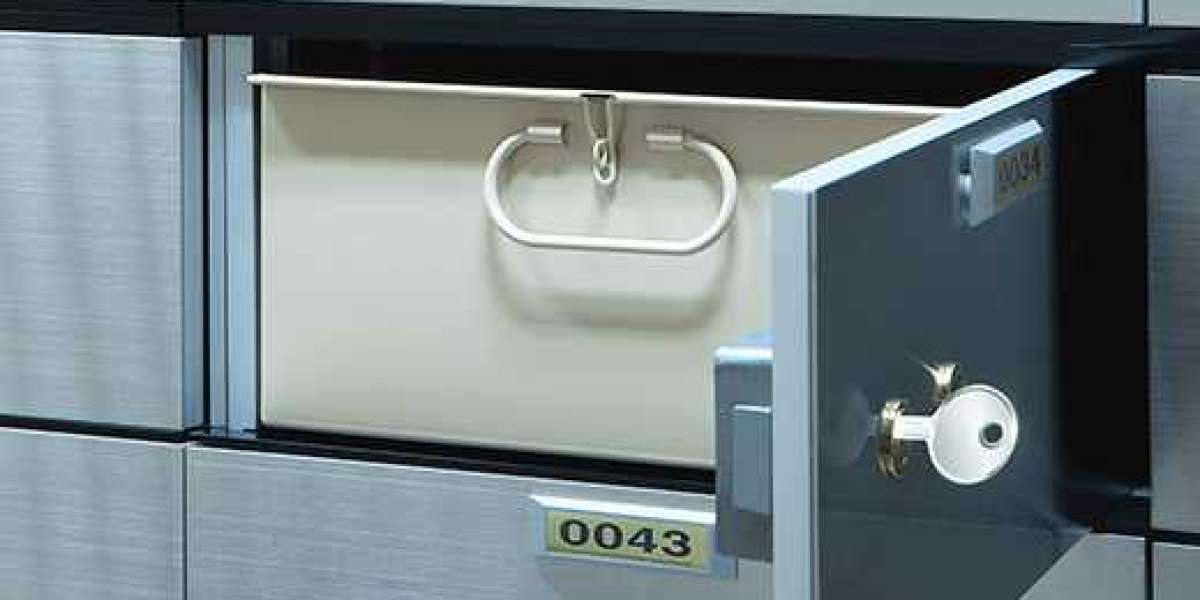Fireproof safes are designed to provide a layer of protection against the devastating effects of house fires. These safes are engineered with materials and construction techniques that aim to withstand high temperatures and the potential damage caused by flames. However, the question remains: Can a fireproof safe truly survive a house fire? In this exploration, we delve into the science behind fireproof safes, their limitations, and how to choose the right one to safeguard your valuables.
Understanding Fire Ratings
Fireproof safes are assigned fire ratings that indicate their ability to withstand exposure to flames and high temperatures. These ratings are determined through standardized tests conducted by independent testing organizations, such as Underwriters Laboratories (UL) in the United States. Fire ratings are expressed in terms of time and temperature, often referred to as "1-hour," "2-hour," or "4-hour" ratings. For instance, a 1-hour fire rating implies that the safe can endure a fire for one hour without its internal temperature rising beyond a certain threshold.
It's important to note that Fireproof safes ratings alone don't guarantee complete protection. They offer an indication of the safe's performance under controlled conditions, but real-life house fires can vary significantly in intensity, duration, and temperature levels. Factors such as the materials used in the construction of the safe, the design, and the type of fire it's exposed to can influence its actual performance during a house fire.
The Composition of Fireproof Safes
Fireproof safes are built using a combination of materials that offer insulation and resistance against heat transfer. These materials typically include:
Gypsum: Also known as fireboard or drywall, gypsum is a non-combustible material that releases water vapor when heated. This vapor helps to absorb heat energy and keep the internal temperature of the safe lower.
Ceramic Fiber: Often used as an additional layer of insulation, ceramic fiber is heat-resistant and helps further reduce heat transfer to the safe's interior.
Intumescent Seals: These seals expand when exposed to heat, effectively sealing gaps and preventing smoke and heat from entering the safe.
Steel: The exterior of the safe is usually constructed from steel, providing structural integrity and additional protection against flames and impact.
Limitations of Fireproof Safes
While fireproof safes offer valuable protection, they have certain limitations that should be taken into consideration:
Temperature Variation: Fireproof safes are designed to maintain a lower internal temperature than the surrounding fire, but they can't completely eliminate temperature increase. Sensitive items, such as digital media and photographs, may still sustain damage if exposed to high temperatures for an extended period.
Water Damage: Firefighters often use water to extinguish fires, and the water used can seep into the safe through gaps or vents. Some fireproof safes offer limited water resistance, but not all are completely waterproof.
Impact Resistance: Fireproof safes are primarily designed to withstand heat, but they may not fare well against heavy impact or structural collapses during a fire.
Duration of Protection: The fire rating of a safe indicates the time it can withstand fire exposure before its internal temperature rises significantly. Safes with higher fire ratings offer longer protection but come at a higher cost.
Choosing the Right Fireproof Safe
When selecting a fireproof safe, it's crucial to consider your specific needs and the items you plan to store. Here are some factors to keep in mind:
Fire Rating: Assess the potential risk in your area and choose a fire rating that matches your concerns. Items that are irreplaceable or highly valuable might warrant a higher fire rating.
Water Resistance: If you're concerned about water damage, look for safes with water-resistant features such as sealed seams and gaskets.
Size and Capacity: Choose a safe that can accommodate the items you need to store without overcrowding. Consider factors like document size, electronic media, and other valuables.
Locking Mechanism: Safes come with various locking mechanisms, including traditional key locks, combination locks, and digital locks. Choose one that suits your preferences and security needs.
Testing Standards: Look for safes that have been tested and certified by reputable independent organizations like UL. Verify the authenticity of the manufacturer's claims regarding fire resistance.
Conclusion
Fireproof safes play a critical role in protecting your valuable possessions during a house fire. Their construction and insulation materials offer a degree of resistance against the destructive forces of flames and high temperatures. However, it's essential to approach fireproof safes with realistic expectations. While they can significantly enhance the chances of your belongings surviving a fire, they aren't impervious to all types of damage.
By understanding fire ratings, the composition of fireproof safes, and their limitations, you can make an informed decision when choosing a safe to safeguard your valuables. Remember that proper preparation for emergencies, including having insurance, storing digital backups of important documents, and prioritizing safety measures, can further mitigate potential losses during a house fire.








